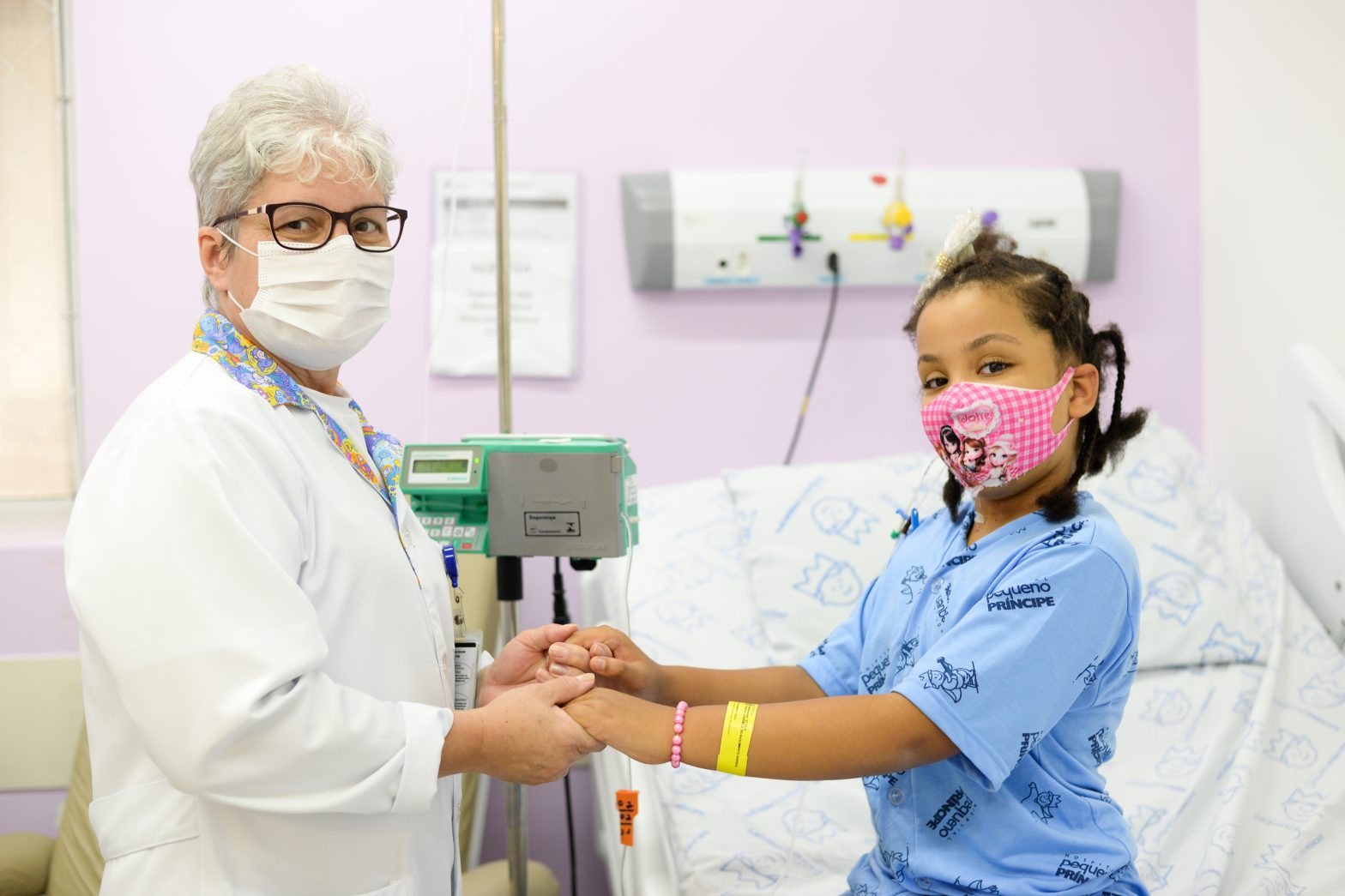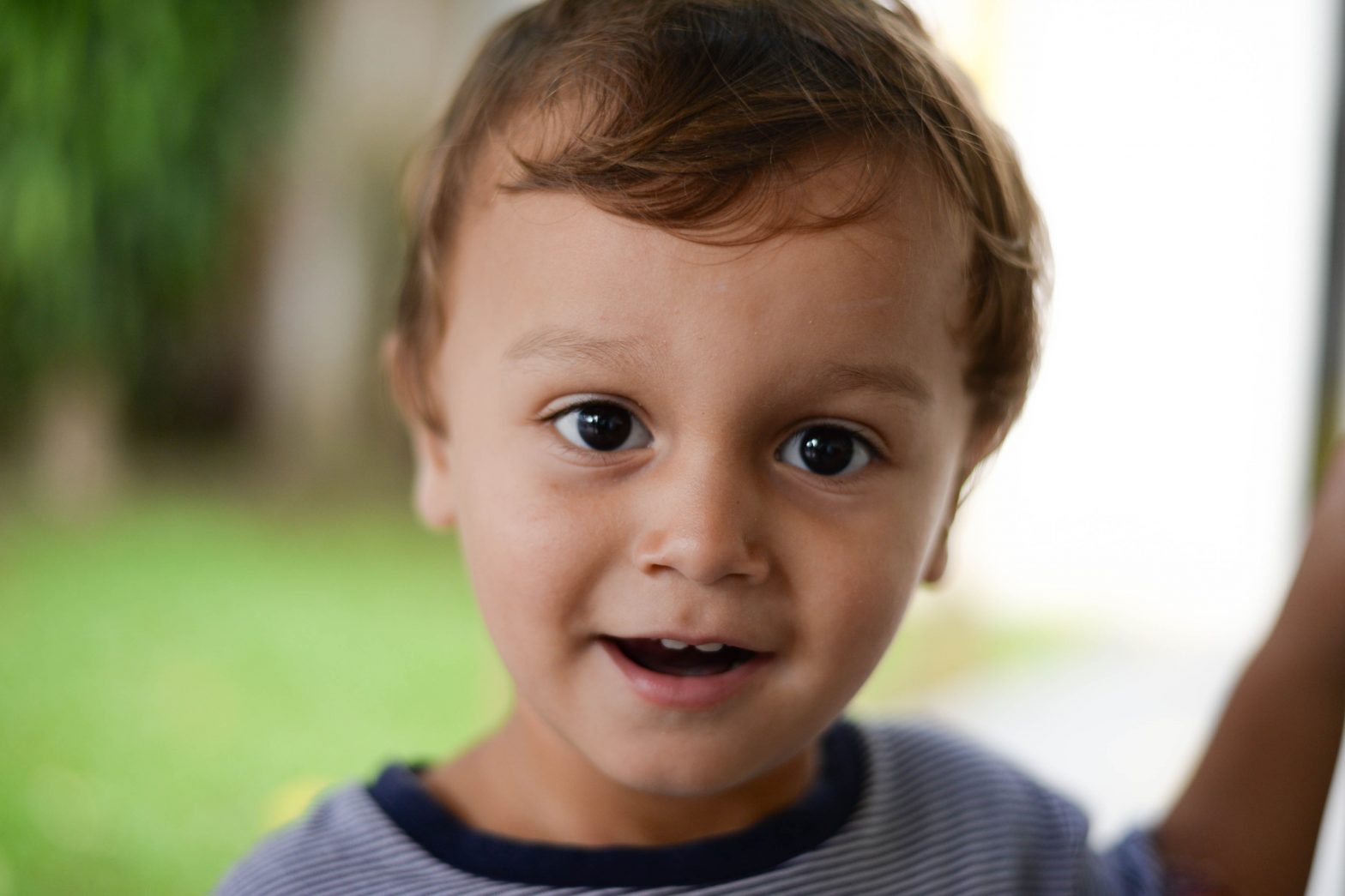Researchers investigate whether susceptibility to severe COVID-19 condition could be a new rare disease
Discovering the genetic and immunological mechanisms involved in the evolution of severe COVID-19 condition is important to define risk groups and identify new therapeutic targets, guiding the development of treatment strategies and new drugs

According to the World Health Organization (WHO), a disease is considered rare when it affects up to 65 in every 100 thousand people. There are 6,000 to 8,000 types of rare diseases already known, and it is estimated that 13 million Brazilians and more than 300 million people worldwide are affected by these diseases. Altogether, 75% of these diseases affect children and 80% are of genetic origin. Observing the differences in the evolution of COVID-19 in patients – some develop severe conditions even though they are not included in any risk groups –, a group of researchers is investigating whether susceptibility to severe COVID-19 condition could be a new rare disease that affects the immune system.
“We already know that 3.5% of patients who develop severe forms of COVID-19 may have mutations in genes that affect their immune response,” explains researcher at the Pelé Pequeno Príncipe Research Institute, Carolina Prando, who is part of a consortium of scientists investigating the topic, the COVID Human Genetic Effort.
In the study, the researchers analyzed the DNA sequence of more than 650 patients who were hospitalized for death-threatening pneumonia due to SARS-CoV-2 infection (14% of them died). The control group included samples from more than 530 people with asymptomatic or benign infection. Initially, the researchers looked for differences between the two groups, related to 13 genes known to be critical for the body’s defense against the flu virus.
“A significant number of people with the severe form of COVID-19 carried rare variants in these 13 genes and about 3% of them did not have a functional gene,” highlights the researcher. These genes govern the interferons type I, a group of 17 proteins crucial to the protection of the human body against viral infections. Whether these proteins have been neutralized by so-called autoantibodies or have not been produced in sufficient quantities due to a defective gene, their lack of action is common among these subgroups of people who have a very severe COVID-19 condition.

“Upon discovering these mutations in genes related to the production of interferon type I, we characterize new innate immunity errors, which correspond to more than 400 of the total rare diseases known to date. Discovering the genetic and immunological mechanisms involved in the evolution of severe COVID-19 condition is important for defining risk groups and also for identifying new therapeutic targets for the development of more effective strategies and drugs to face the coronavirus,” she points out.
Rare diseases in Pequeno Príncipe
Qualified by the Ministry of Health as a reference service since 2016, Pequeno Príncipe has been working for patients diagnosed as rare for decades.
With COVID-19, the fear and doubts about the health of this group of patients intensified even more. “The risk of contamination for a person with a rare disease is the same as that for anyone. However, how the infection will manifest depends on the mechanism of the rare disease presented,” observes the scientist.
“While we do not have specific measures for the treatment of COVID-19, people’s commitment to contribute to reducing the spread of the virus is very important. Faced with the suspicion of coronavirus infection, patients should talk to their doctors to define the best diagnostic test and, in the meantime, they already need to start isolation measures to prevent transmission of the virus to other people,” she advises.
More
Profile of people contaminated with coronavirus changes over pandemic
In the beginning, most patients with COVID-19 had comorbidities; now healthy children are becoming more contaminated
Pequeno Príncipe celebrates 15 liver transplants during the first year of the pandemic
Reference in this type of procedure, the institution transforms the lives of several children and their families








